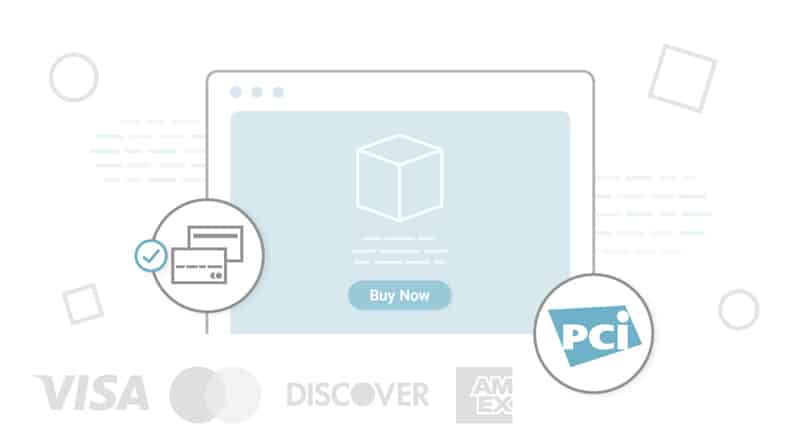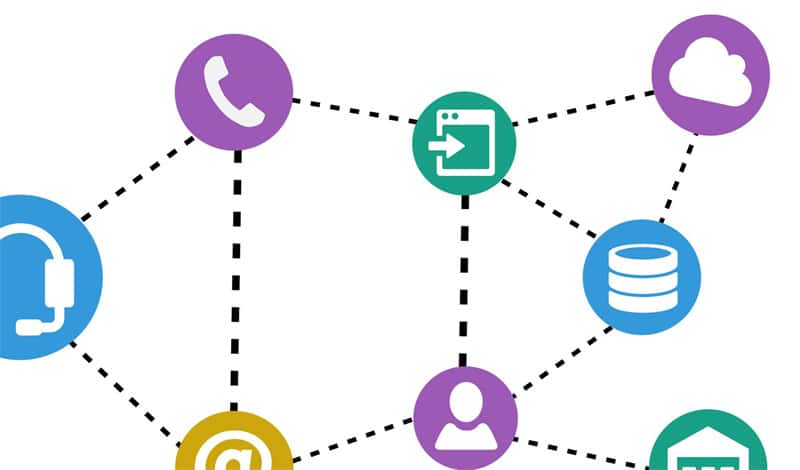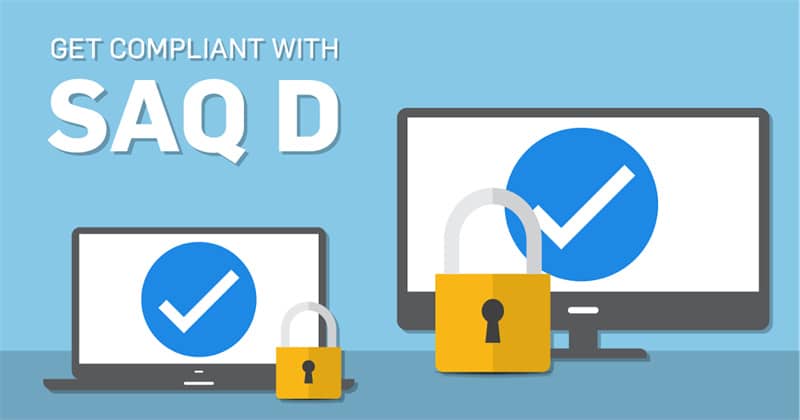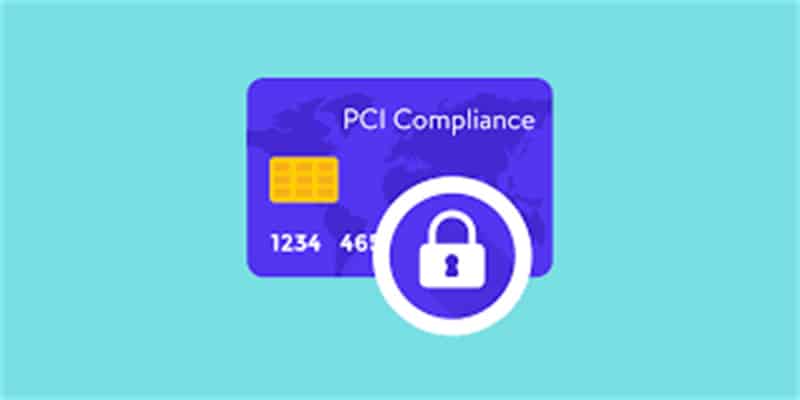
The Payment Card Industry Data Security Standard (PCI DSS) is a form of security criteria for all companies accepting, storing, or transmitting sensitive credit card information to do so in a secure environment.
For any company to become PCI compliant, it must fulfill the 12 requirements set by the PCI security standards. These standards were set in place to protect consumer’s card information from cybersecurity threats and credit card fraud, given the influx of mobile payments and contactless transactions.
However, the PCI council does not handle the noncompliance, as these lie in the domain of payment card brands.
Here are six easy steps that your organization can follow in order to become PCI compliant.
1. Determine PCI compliance level

Firstly, determine the number of annual transactions that your company makes. There are three levels that a merchant can be designated, according to the transactions. Level 1, level 2, level 3, and level 4 correspond to over six million transactions per year, between one and six million per year, and 20,000 to one million transactions in a year and less than 20,000 transactions in a year simultaneously.
Therefore, once you know your compliance level, it becomes much easier to assess the existing credit card companies and pick one that best suits you.
2. Map Your Data Flows

In order to keep credit card information secure, you first need to understand where and how it can be accessed. This calls for understanding all those that can access your consumer’s card and where it might be saved. To do so, you must recognize all areas where the card is accepted for a transaction, be it online or for in-store purchases.
Moreover, it is essential to realize where this data might be stored and who might have access to it. Thus, in order to achieve this, you need to determine all internal network systems or cloud technologies that might be involved in consumer transactions.
3. Maintain a Secure Network

Once you pinpoint where a cardholder's data can be accessed, it is now vital to protect all such points through a secure network. A firewall can be used to ensure secure transactions happening within the organization from any breaches from outside.
To ensure that your company meets PCI compliance requirements, it is essential to install a firewall in all areas accepting card information. Whether it is an external service provider or partner firm, placing a firewall is crucial at each step to protect yourself from data theft.
4. Fill out an SAQ

A Self-Assessment Questionnaire (SAQ) contains checks to see if your company is fulfilling the 12 requirements set by PCI security standards. These 12 requirements are divided into 300 subdivisions, which are security checks for the system. For an organization to be PCI compliant, it must meet all these requirements.
There are different questionnaires for different kinds of businesses, containing a series of yes-or-no questions. Such questionnaires are designed to ensure checks like your company’s security protocols are up-to-date, or your authentication credentials are secured. If a business answers no to the questions on an SAQ, it translates to the need for a better and more secure system by the company to prevent breaches.
5. Vulnerability Scans and monitoring

Conducting a vulnerability scan can help make your transactions extra secure as you can look for vulnerabilities in your system. This can be done in multiple ways; however, the recommended way is hiring an external Approved Scanning Vendor (ASD).
These ASDs search your system for any potential security breach you might have missed earlier, and ensure all safety protocols are met. After completing the documentation of an SAQ, you can hire an ASD as per your company’s requirements.
Along with security scans, monitoring your system regularly is crucial as the data stored is constantly changing. Hence, constant monitoring is required to assure the system remains PCI compliant by avoiding cyber threats and security breaches.
6. Filling out a Formal Attestation of Compliance

Filling out a formal Attestation of Compliance (AOC) is a form that helps confirm that your company fulfills all 12 requirements of the PCI Security Standards Council. Furthermore, having an external security assessor to reconfirm your SAQ claims is crucial to the objectivity of your company’s claims.
Having all the necessary paperwork like an SAQ or an AOC will be enough to assure PCI compliance of your company to all necessary stakeholders. You also might need to submit all such documents to concerned authorities like relevant credit card companies.
Thus, in these 6 easy steps, a company can become PCI Compliant, which has multiple advantages to any organization. Not only does it provide security to a company against external attacks, but it also attracts customers and helps build customer confidence in a business that protects their sensitive information.
Furthermore, it saves additional costs to a business in case of an external security breach and the costs associated with such cyberattacks. Being a PCI compliant business has now become an industry norm, and therefore, for all businesses to survive in the competitive market, it is essential to align with the set industry standards.










